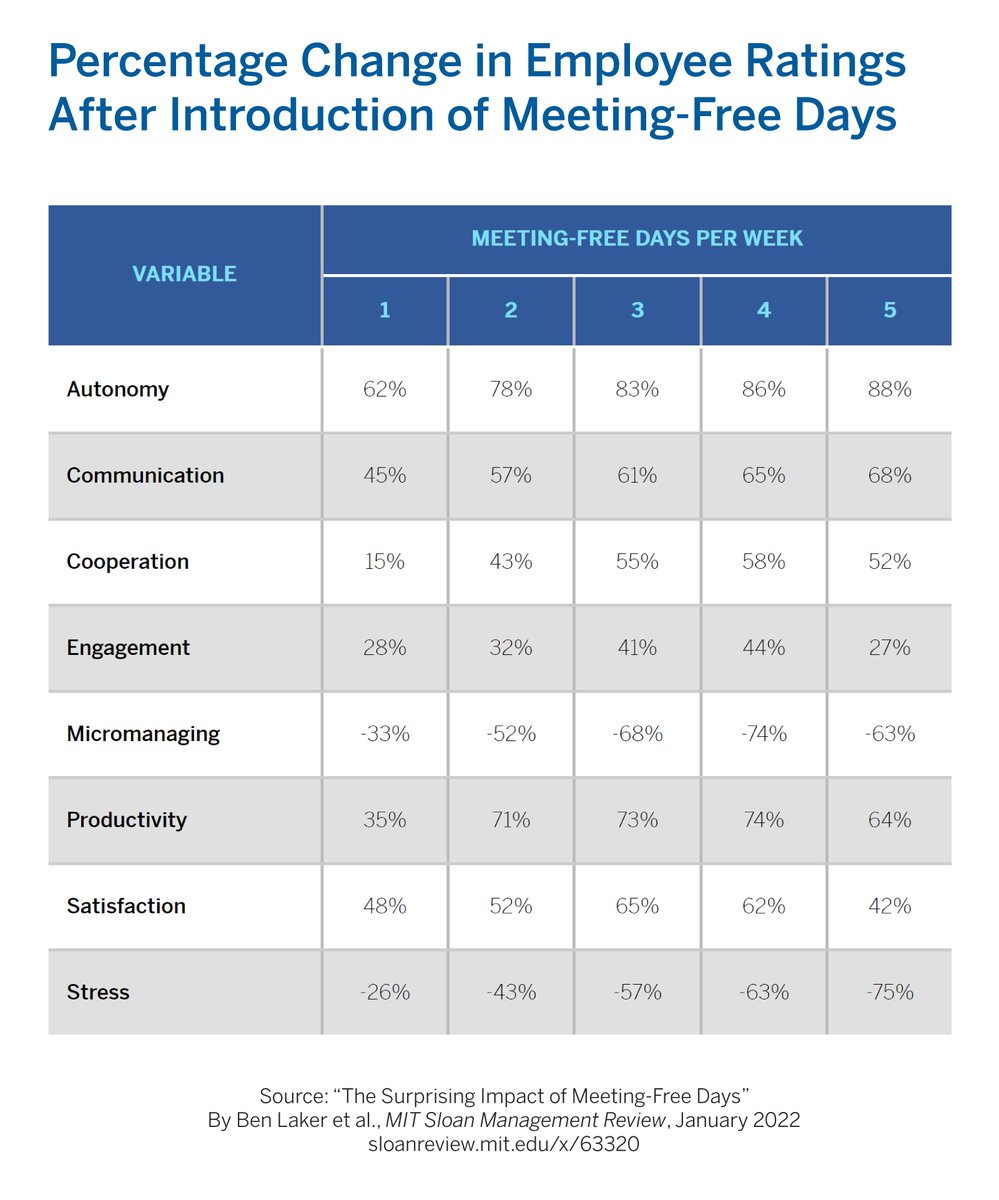Employee mental health has catapulted into the spotlight over the last two years in large part due to the pandemic. According to Mental Health America, 9 in 10 employees report that workplace stress affects their mental health and in another report, three-fourths of employees believe there is more on-the-job stress than a generation ago.
Mental health at work isn’t something employees need to, or should be expected to, manage completely on their own. Because of the toll poor mental health takes on productivity, it benefits both employees and employers to take steps to improve it by providing mental health breaks.
The good news is, while the pandemic has spurred mental health challenges, it’s also sparked a wave of innovative ideas by leaders to help employees manage wellbeing at work. These ideas include meeting-free days, sabbaticals, and other strategies encouraging employees to more easily focus or recharge. Here are some ideas to help alleviate stress at work and give your employees mental health breaks.
Walking meetings
With many employees working remotely, it can be even harder to get time outside of the house. Pre-covid, most employees had commutes to the office, lunchtime breaks outside, or even traveled for work. Now it’s easy to park yourself at your home office desk and sit through hours of Zoom meetings without ever getting up. Consistently working in the same surroundings not only stifles creativity but can negatively impact mental health.
A simple way for employers to provide a quick serotonin boost is to encourage walking meetings. Rather than requiring team members to join virtual meetings with their video on, allow them to dial in via phone instead and get outside for a walk during it. While this doesn’t work for every meeting, it’s a great strategy for quick touch bases or a catch-up with a coworker.
Working in sprints
Allowing and encouraging employees to work in sprints can be an effective tactic to improve productivity, while also providing a mental health break. At Engagement Multiplier, we’ve tried this and it really does work. Our team works in sprints, meaning a period of focused time, followed by a short break.
The ideal timing is 52 minutes of highly focused work, followed by 17 minutes of rest. Keep in mind that this doesn’t mean working for almost an hour with social media breaks included, it means truly working on the task at hand with no distractions. If you’re working from home, the break is a great time to get up and stretch or unload the dishwasher. If you’re in the office, go grab a coffee or take a few minutes to read the news.
This must be modeled and encouraged by leadership. With employee monitoring at an all-time high, employees can feel like they’re not allowed to get up for a break. But, taking a few minutes to recharge throughout the day is a great way to manage employee mental health at work.
Meeting-free days
If your employees are spending hours a day in meetings, they’re likely struggling to find time to complete the projects they’re assigned. The average employee attends 62 meetings per month and believes about half of them are a waste of time. If you think about it, even if you’re given an hour between one meeting and another, that’s generally not enough time to deeply focus on something and make progress.
To combat this, organisations like Facebook and Airbnb are implementing meeting-free days. Instead of rapidly changing focus from meeting to meeting, employees can use the day to deep dive into a project that requires more critical thinking.
Not only do meeting-free days help with productivity, but MIT Sloan also found they can greatly reduce stress on your team. Companies that implemented three meeting free days a week had a shocking 57% decrease in stress among employees.
Mental health weeks
Mental health weeks have grown in popularity and popped up in news articles widely shared across social media. It’s most employees’ dream, a whole week off of work to recharge. While it’s not feasible for every company to shut down for a week, larger companies have seen success with the strategy. LinkedIn, Bumble, and Hootsuite have all taken the plunge and given their teams a simultaneous week off.
The week is meant for employees to recharge and de-stress without feeling guilty about taking a week off for themselves. It’s important to note that a week off will help employees de-stress, but it’s not a permanent solution for a toxic workplace that negatively impacts employee mental health. It should be coupled with the above strategies to ensure when employees come back, they’re not thrown into the same environment.
Sabbaticals
In recent months, more companies have introduced sabbatical options as not only a way to improve employee wellbeing, but as a hiring perk and tool to increase retention. Global identity verification company Veriff recently debuted its own sabbatical policy. For every three years of work, an employee will earn a six-week paid leave. Monzo also recently introduced a paid sabbatical programme. After employees have worked at the company for four years, they’ll receive a three-month paid leave.
These paid leaves are meant for employees to refresh and focus on personal enrichment rather than on work. Plus, sabbaticals reward loyal employees who have been with the company for a longer period.
In a recent article on paid leave from Raconteur, Piret Saag, Veriff’s head of learning and employee experience, shared why Veriff chose to implement sabbatical leave.
“We believe that in order to live a fulfilling and impactful life, our employees could benefit from longer breaks every once in a while. The past couple of years have been full of challenges for our global team, both professionally and personally, which is why we hope sabbaticals encourage them to fully switch off, recharge, and come back well-rested and with new perspectives.”
Checking in on your mental health initiatives
As with any organisational changes, it’s important to assess how they’re working. To do this, we recommend taking stock of where you are currently with our Mental Health and Wellbeing On-Demand Survey. After starting your mental health initiatives, you can run the same survey again to see the impact. This allows you to be agile. If you see the changes haven’t improved your employee’s mental health, you can try a different tactic. Each team and culture is different and finding a strategy that works for your employees is essential for there to be real impact.
According to the American Psychological Association, 550,000,000 million workdays are lost each year due to stress. By implementing mental health breaks whether it be meeting-free days or employee sabbaticals, you will see improvements in productivity, employee stress levels, and likely overall employee satisfaction. Many of these initiatives don’t take ample resources or time to carry out, but they do result in meaningful change for your employees.



